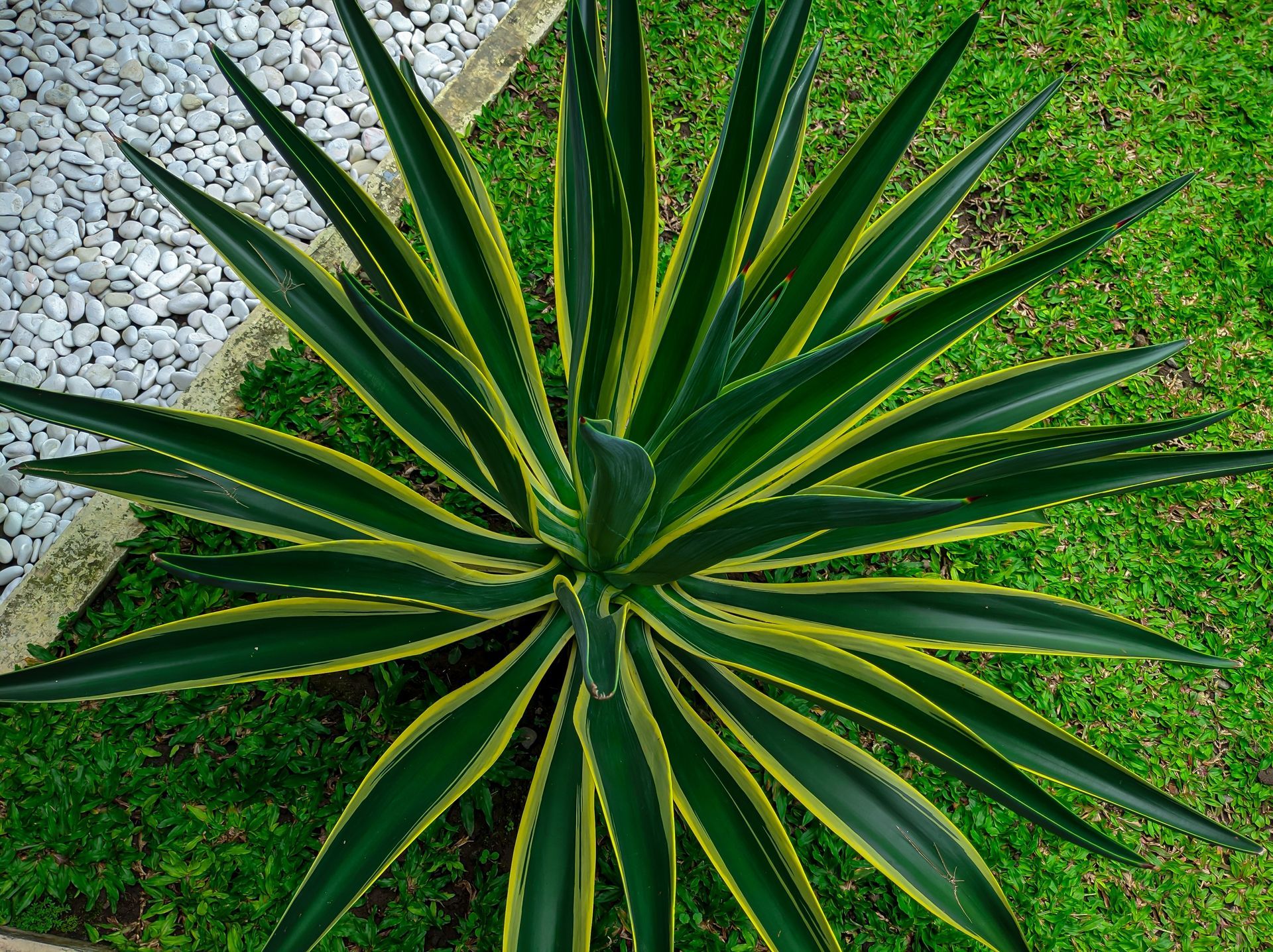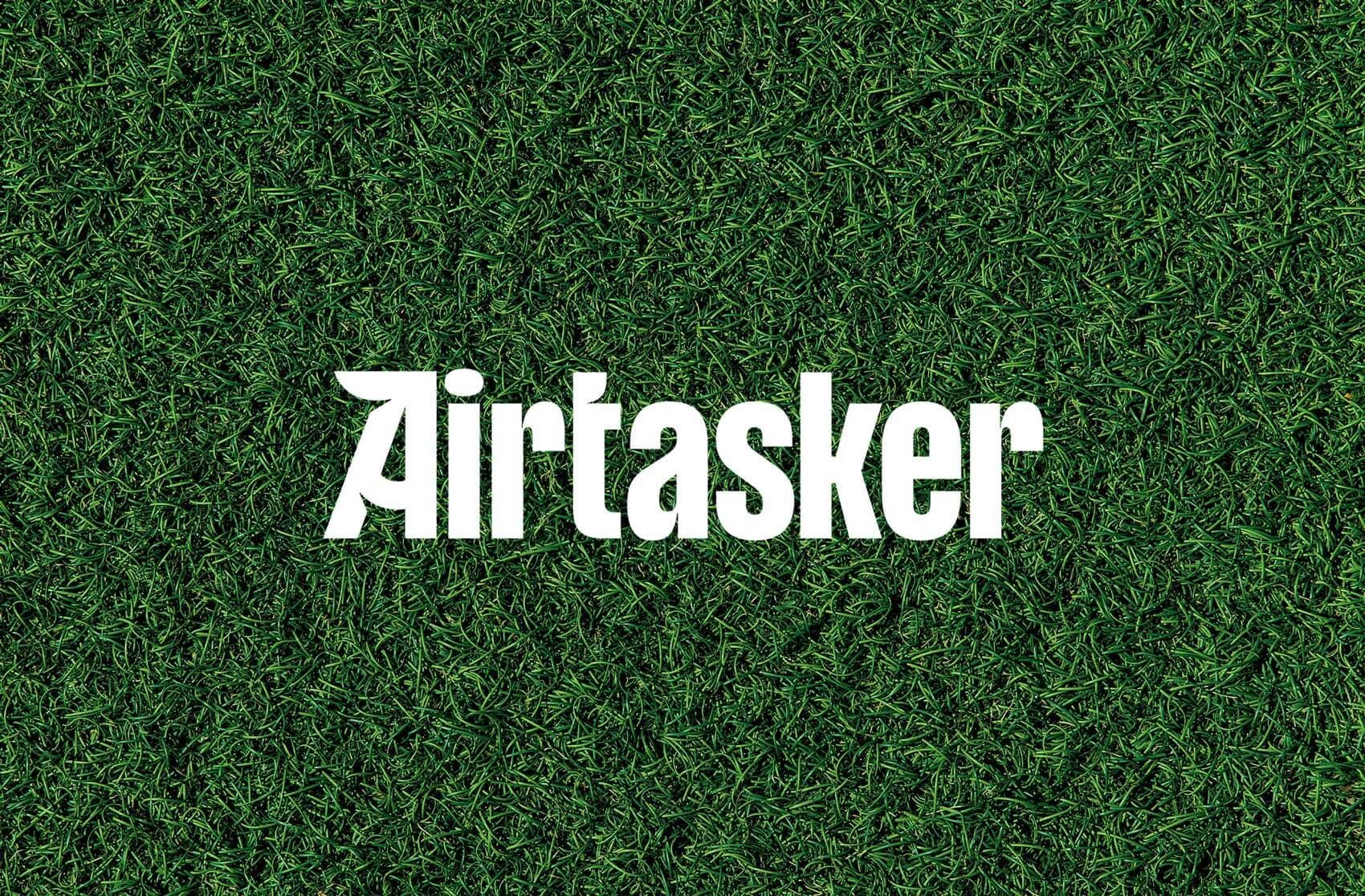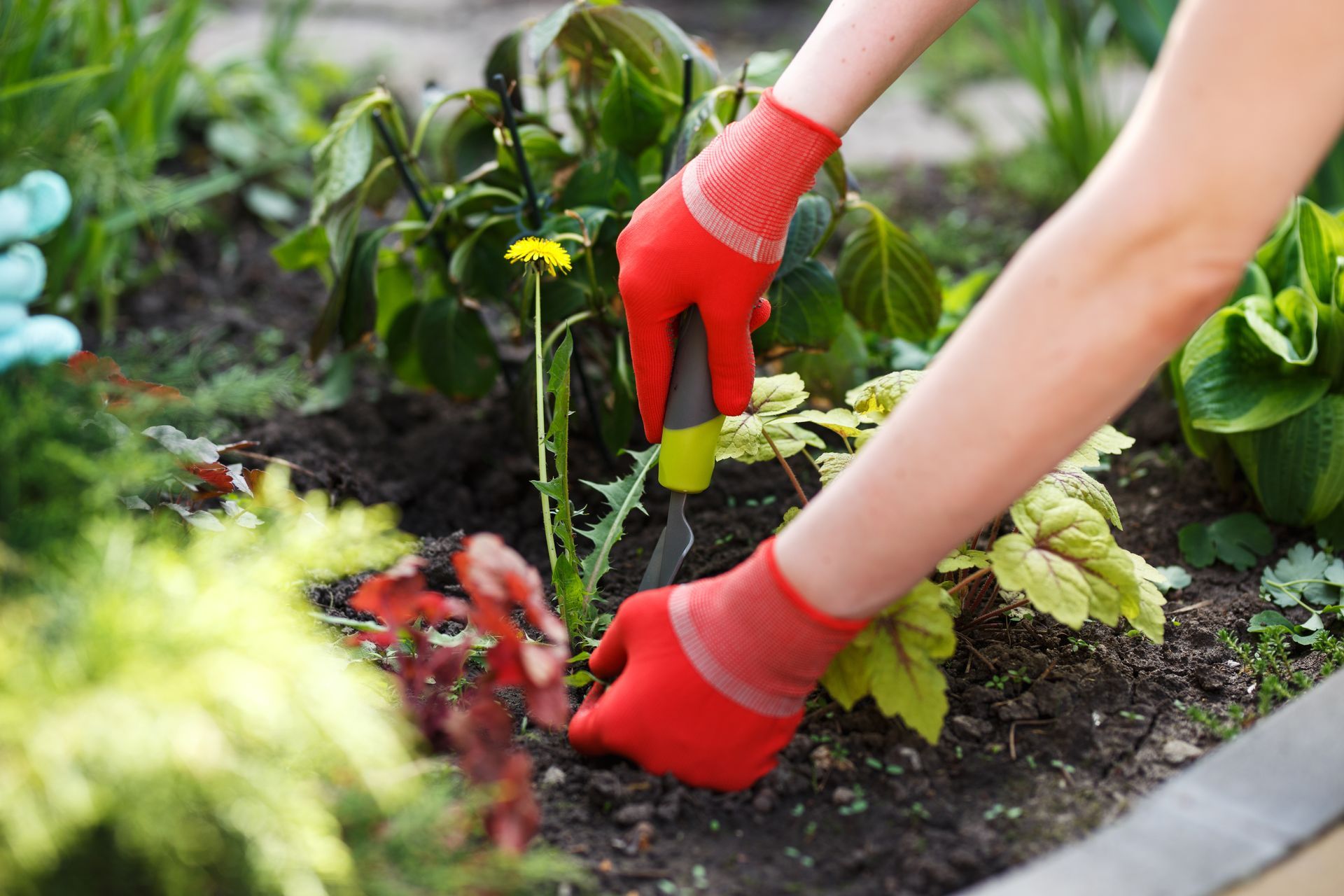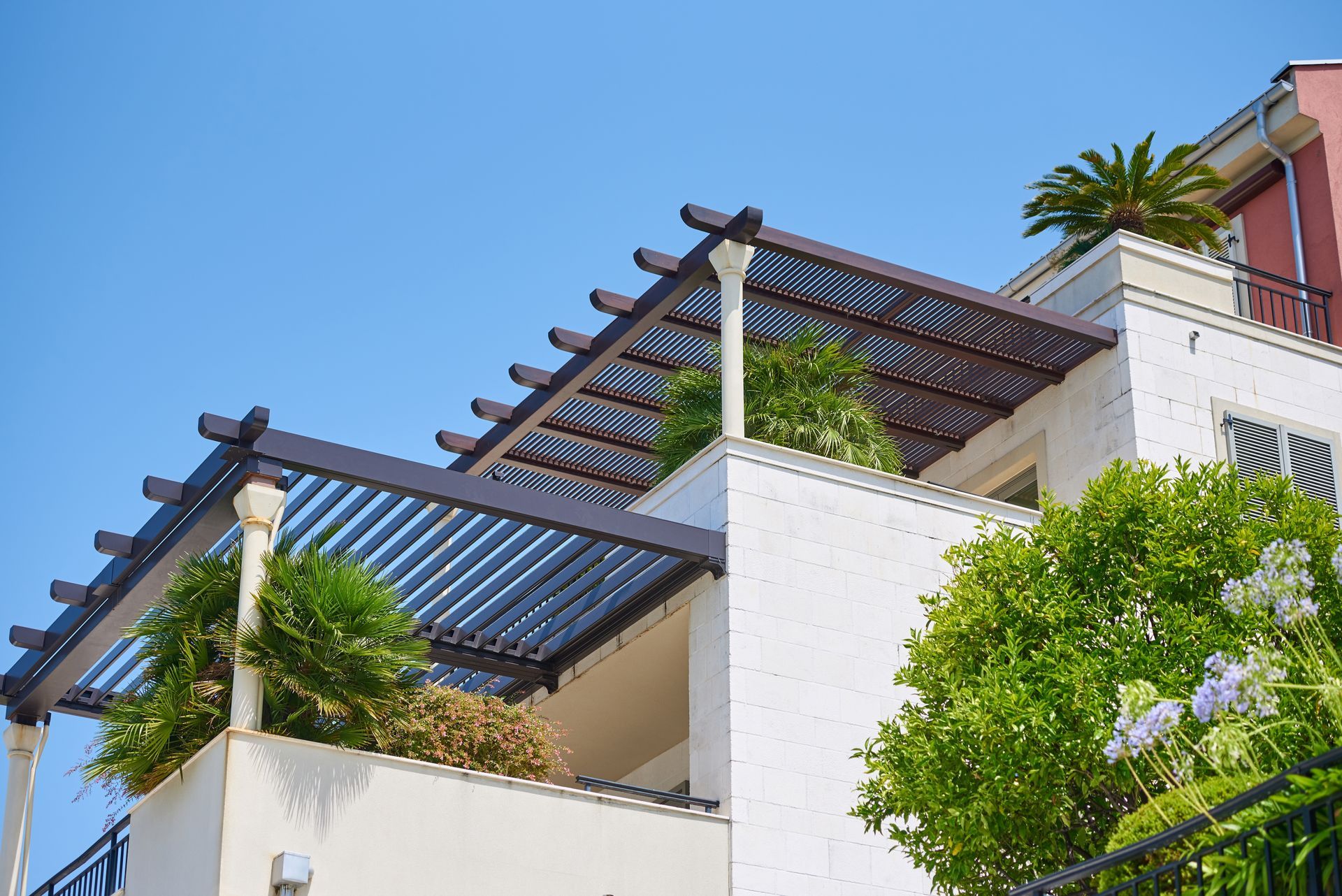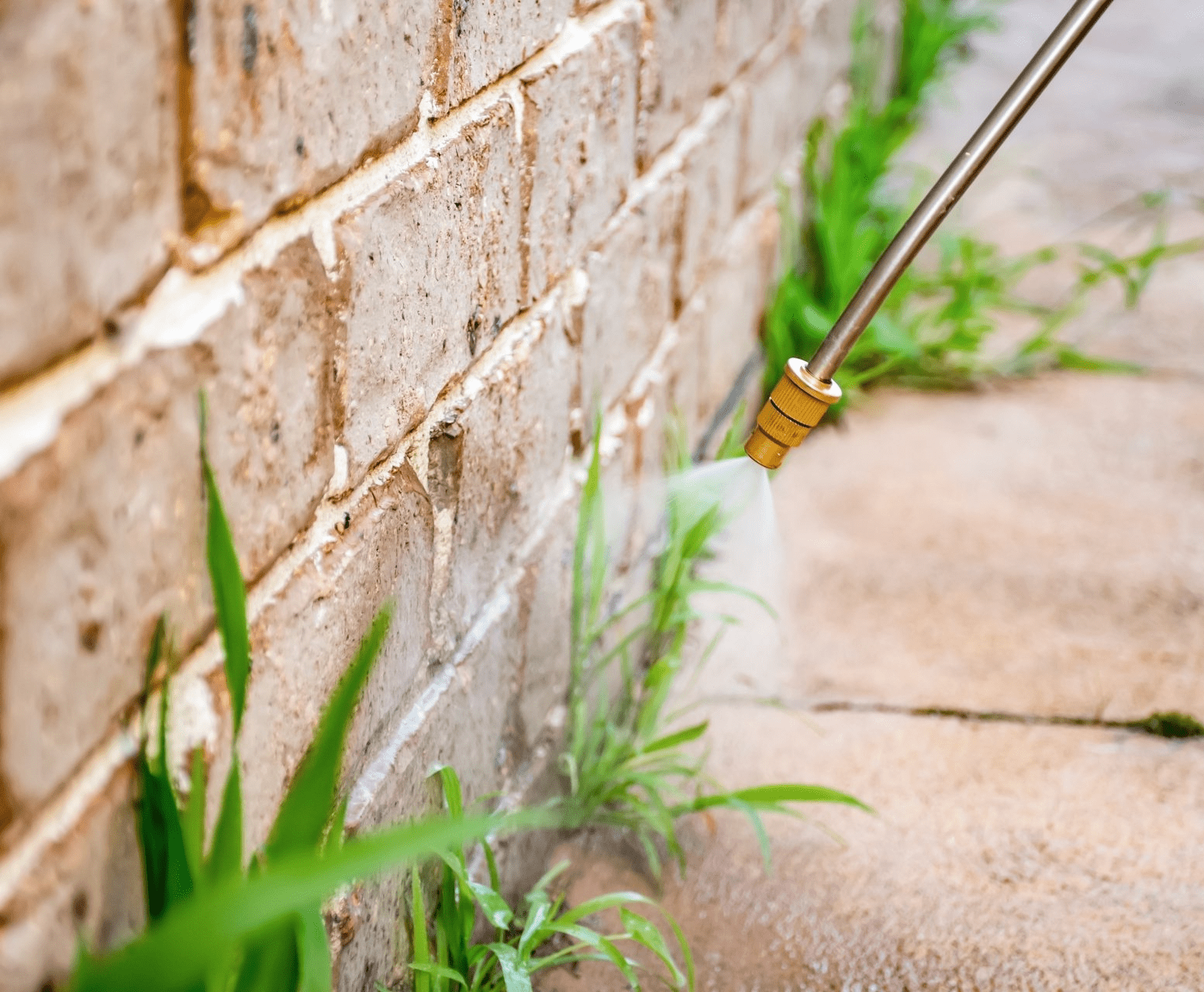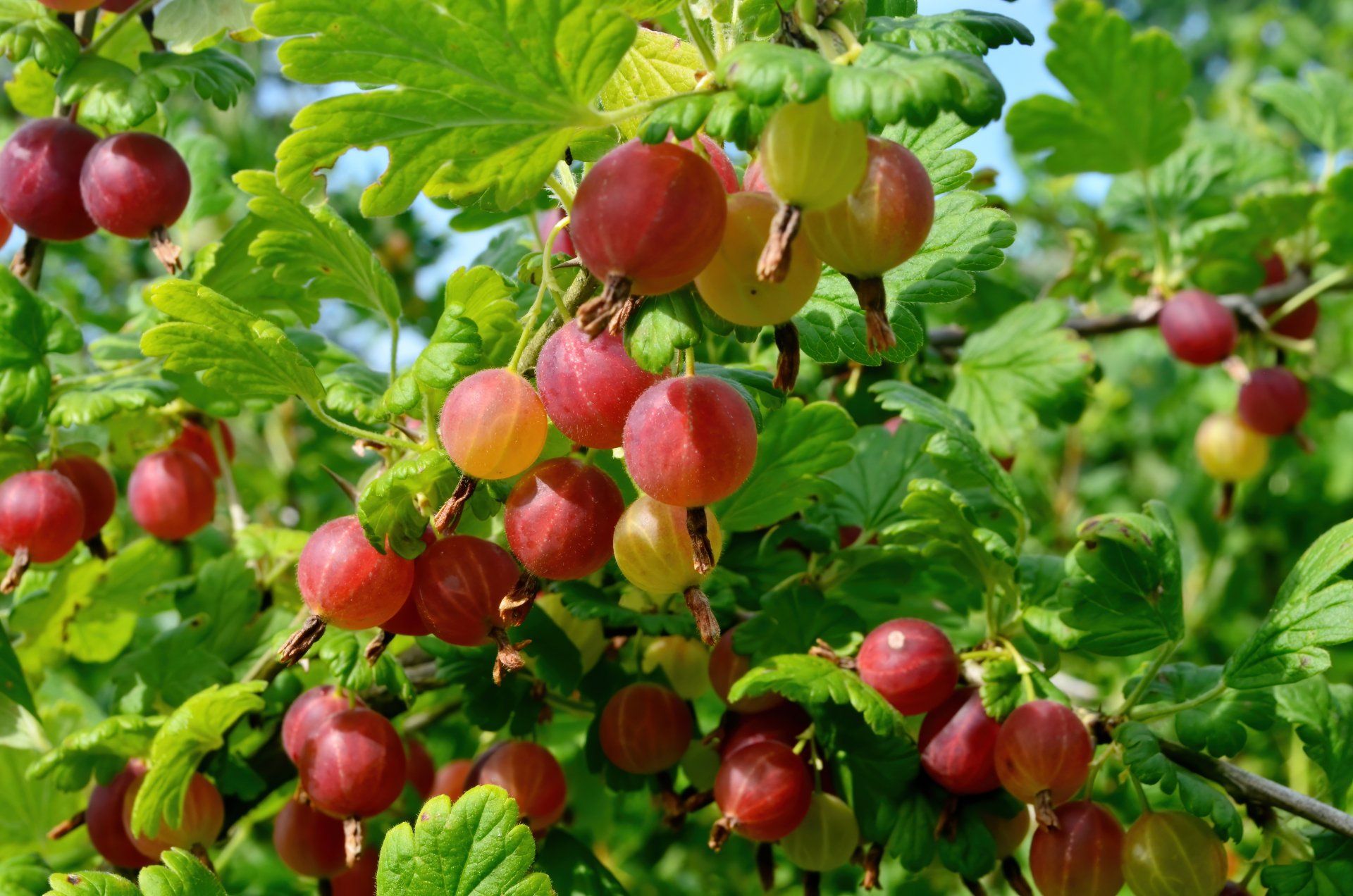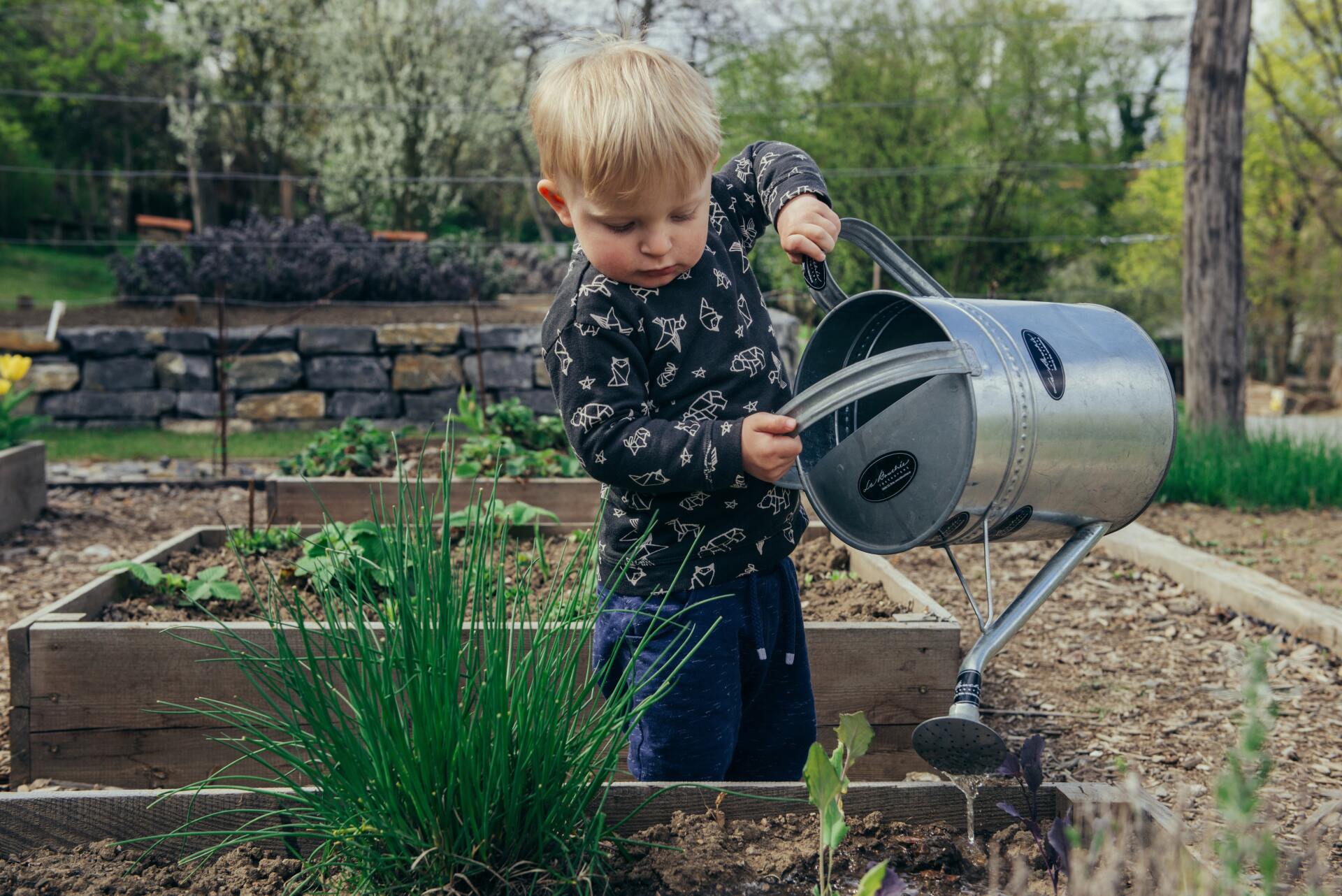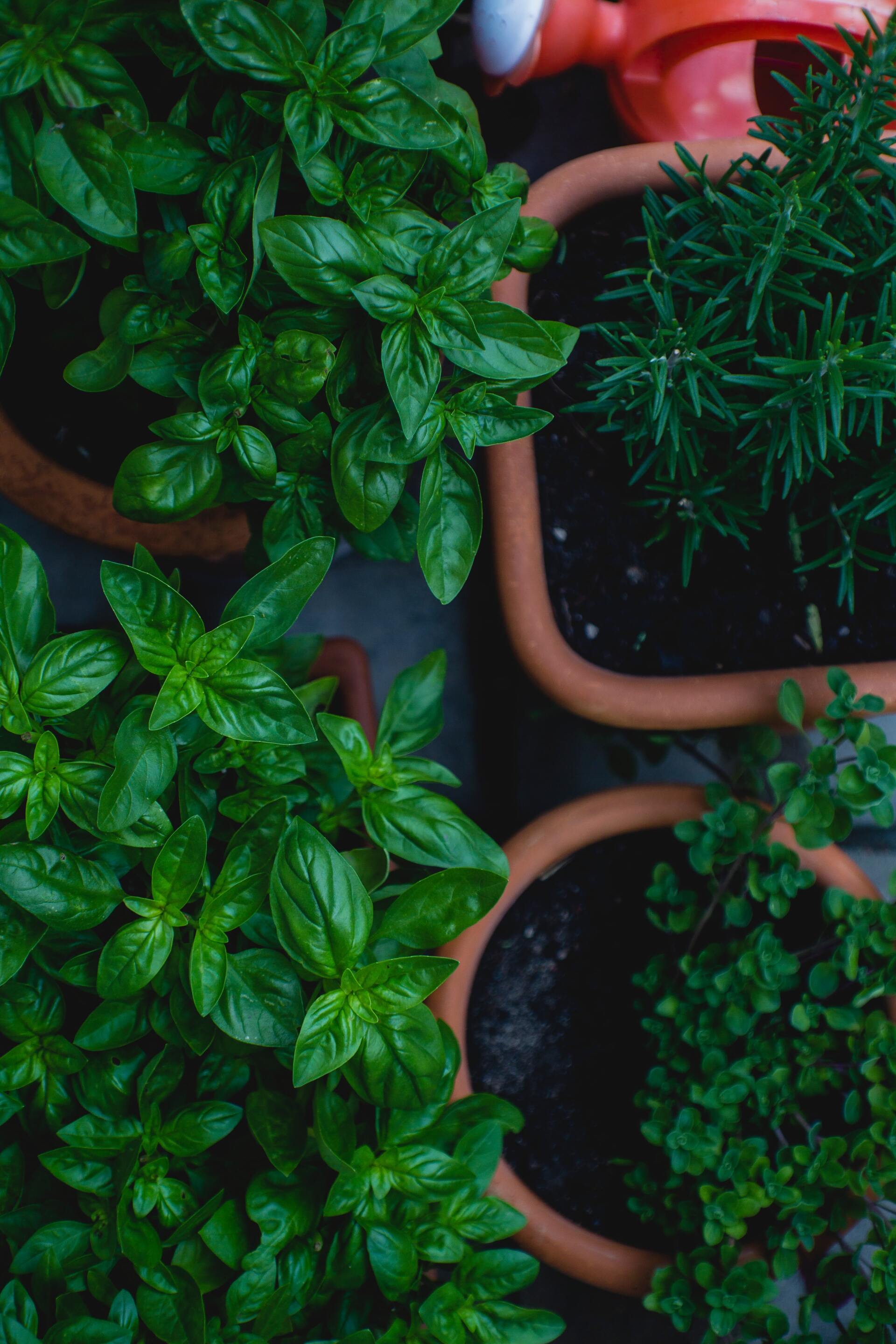When is the Right Time to Mow Your Grass?
Maintaining a healthy and attractive lawn requires regular mowing. However, mowing at the wrong time can cause damage to your grass and make it more susceptible to diseases and pests. So, when is the right time to mow your grass? Let's take a look at the growth cycle of grass, the benefits of mowing at the right time, and the factors to consider when determining when to mow your lawn.
Understanding the Growth Cycle of Grass
Grass goes through a growth cycle that is influenced by several factors such as temperature, rainfall, and sunlight. During the active growth phase, grass grows rapidly and needs to be mowed regularly to maintain its height and density. However, during the dormant phase, grass growth slows down, and mowing can cause damage to the roots and blades.
The active growth phase typically occurs during the spring and summer months when temperatures are warmer, and rainfall is more frequent. During this period, you should mow your lawn at least once a week to prevent it from becoming too tall and dense, which can lead to thatch build-up and nutrient deficiencies.
Benefits of Mowing Your Lawn at the Right Time
Mowing your lawn at the right time offers several benefits for maintaining a healthy and attractive lawn. First, it promotes even growth, which helps to prevent bare spots and thinning. Regular mowing also encourages the development of a deep root system, which makes your grass more resistant to drought and heat stress.
Additionally, mowing at the right time helps to prevent the build-up of thatch, which is a layer of dead grass and other organic matter that accumulates on the soil surface. Thatch can prevent water and nutrients from reaching the roots, which can lead to disease and pest problems.
Factors to Consider When Determining When to Mow Your Grass
Several factors can influence when to mow your grass, including the type of grass, the height of the grass, and the weather conditions. Different types of grass have different growth rates and require different mowing schedules. For instance, warm-season grasses like Bermuda and Zoysia typically require more frequent mowing during the active growth phase than cool-season grasses like fescue and bluegrass.
The height of your grass is also an important factor to consider when determining when to mow. You should never remove more than one-third of the grass height at once, as this can shock the roots and cause damage to the blades. So, if your grass is four inches tall, you should mow it when it reaches a height of around five or six inches.
Lastly, you should also consider the weather conditions when determining when to mow your lawn. It's best to mow when the grass is dry, as wet grass can clump and clog the mower deck, leading to uneven cutting and possible damage to the grass.
Tips for Achieving a Healthy Lawn through Proper Mowing
To achieve a healthy lawn through proper mowing, follow these tips:
- Use a sharp mower blade: Dull blades can tear and shred the grass blades, leading to brown tips and a brownish cast on the lawn. Sharpen the mower blades at least once a year or after every 25 hours of use to ensure a clean, even cut.
- Set the mower blade height to the appropriate level: The height at which you should mow your lawn in Perth depends on the type of grass you have. For example, buffalo grass should be mowed at a height of 2-4 centimetres, while couch grass should be mowed at a height of 1-2 centimetres. Mowing at the right height will help maintain healthy, dense grass and prevent scalping or overgrown patches.
- Don't remove more than one-third of the grass blade at a time: Removing too much grass at once can weaken the root system and cause stress to the plant. This can lead to yellow or brown patches and can even make the lawn more susceptible to pests and diseases. Therefore, it's important to mow frequently and only remove the top one-third of the grass blade at each mowing.
- Mow when the grass is dry: Wet grass can cause clumping and clogging of the mower, resulting in uneven cutting and possible damage to the grass blades. It's best to mow when the grass is dry, preferably during the cooler parts of the day, such as early morning or late afternoon.
- Alternate mowing patterns: Mowing in the same direction every time can cause the grass blades to lean in that direction, which can make the lawn look uneven. Alternating the mowing pattern can help prevent this and promote more even growth.


